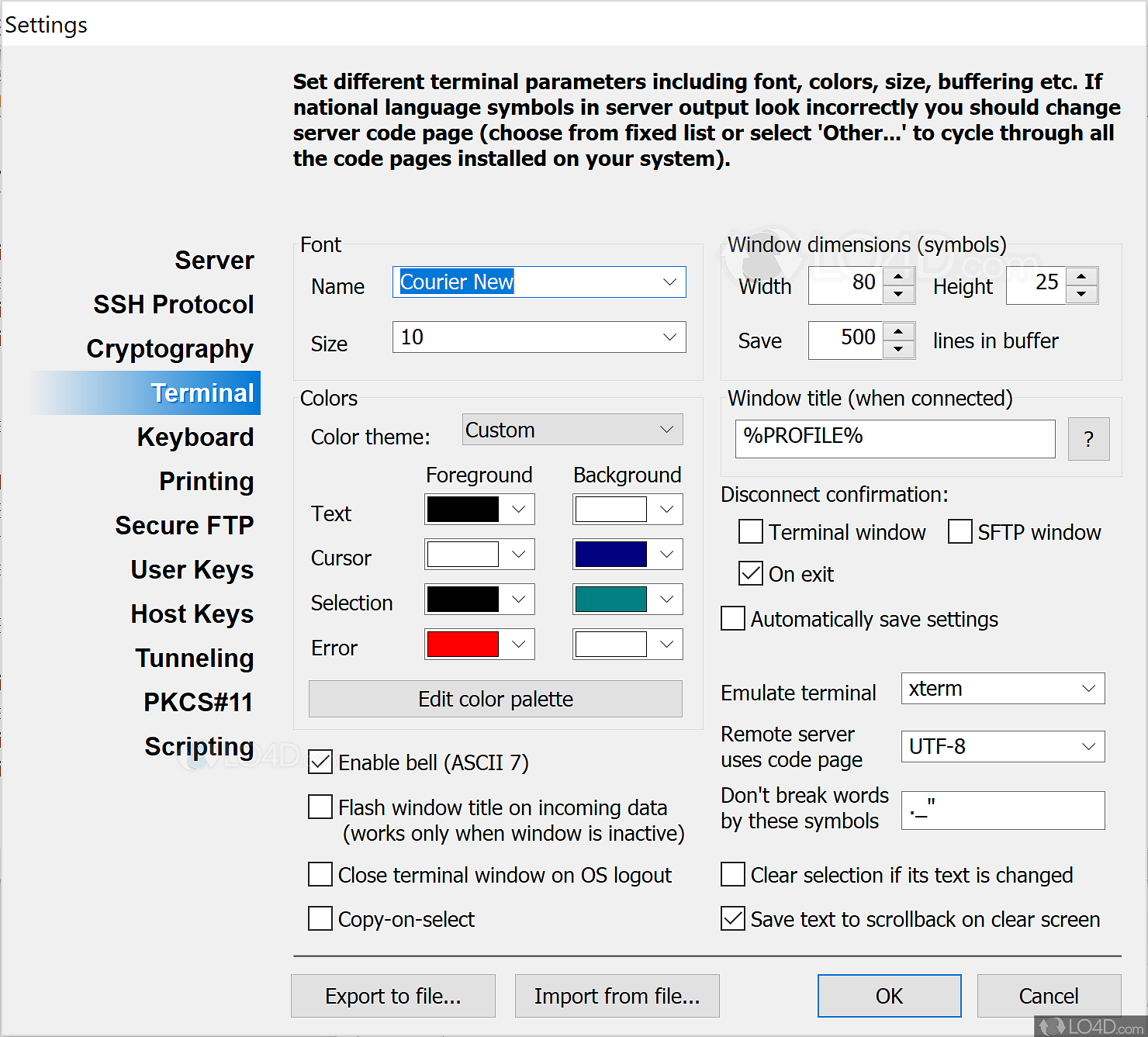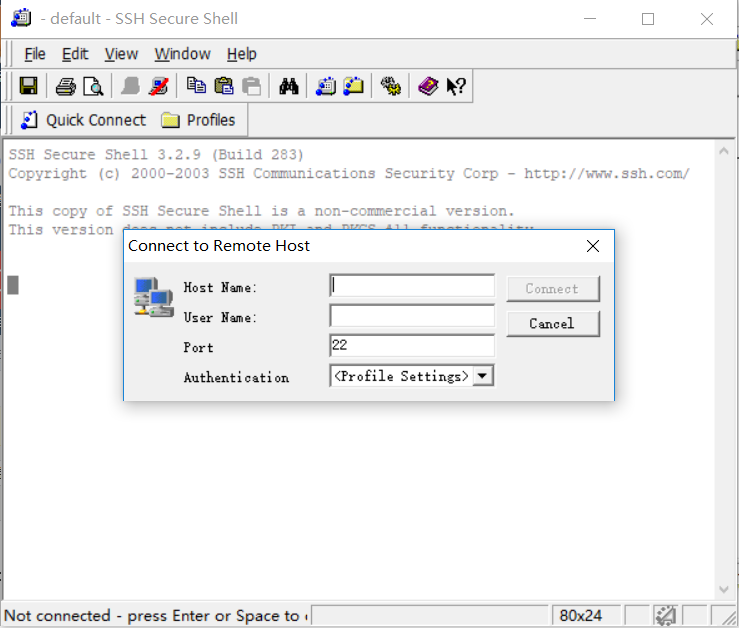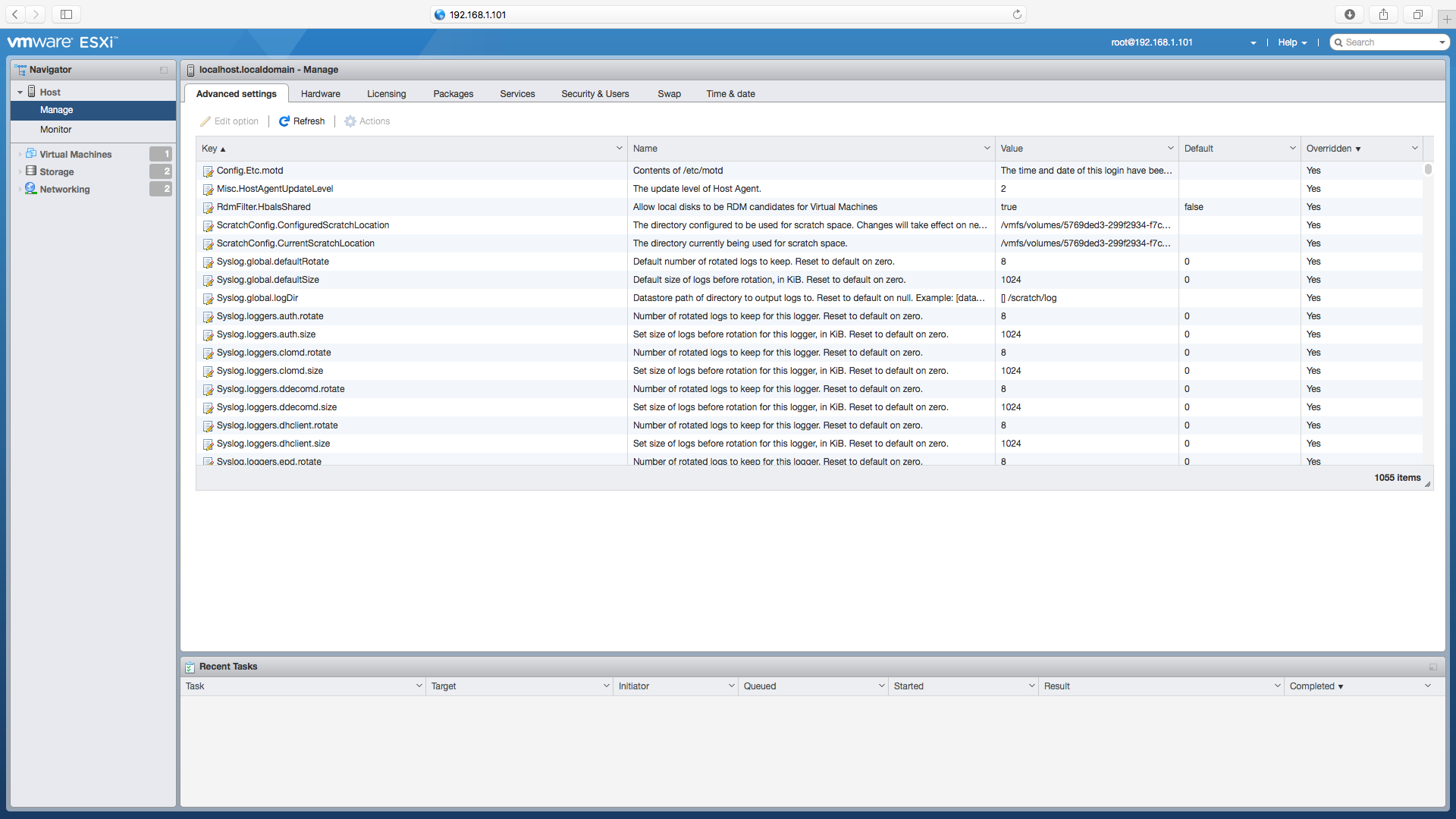- Ssh Shell Client Windows
- Putty Shell
- Ssh Secure Shell Client Windows
- Ssh Shell Client
- Putty Down
- Secure Shell Client Linux
Secure Shell (SSH) allows you to remotely administer and configure your Windows IoT Core device
Sshconfig - Client configuration file on Unix/Linux. SSH port, and how it got that number. Security of SSH and attacks against it. The SSH protocol is believed to be secure against cryptographic attacks on the network, provided keys and credentials are properly managed. However, we do not recommend using diffie-hellman-group1-sha1 key exchange. It uses a 768 bit Diffie-Hellman group, which may be. An SSH client is a software program which uses the secure shell protocol to connect to a remote computer. This article compares a selection of notable clients. Bitvise is one of the few SSH clients that offers all features free for all types of users, including organizations. At the same time, there are no compromises in terms of functionality. It has an advanced GUI, corporation-wide single sign-on, learning resources including. Introducing Hive Shell Hive Shell provides remote access to your workers using the Hive OS network infrastructure, and also has its own unique features such as access via an SSH client and console sharing. Let’s take a closer look at Hive Shell. How to use Hive Shell.
Using the Windows 10 OpenSSH client
Important
The Windows OpenSSH client requires that your SSH client host OS is Windows 10 version 1803(17134). Also, the Windows 10 IoT Core device must be running RS5 Windows Insider Preview release 17723 or greater.
The OpenSSH Client was added to Windows 10 in 1803 (build 17134) as an optional feature. To install the client, you can search for Manage Optional Features in Windows 10 settings. If the OpenSSH Client is not listed in the list of installed features, then choose Add a feature.
Next select OpenSSH Client in the list and click Install.
To login with a username and password use the following command:
Where host is either the IP address of the Windows IoT Core device or the device name.
The first time you connect you see a message like the following:
Type yes and press enter.
If you need to login as DefaultAccount rather than as administrator, you will need to generate a key and use the key to login. From the desktop that you intend to connect to your IoT Device from, open a PowerShell window and change to your personal data folder (e.g cd ~)
Register the key with ssh-agent (optional, for single sign-on experience). Note that ssh-add must be performed from a folder that is ACL'd to you as the signed-in user (BuiltinAdministrators and the NT_AUTHORITYSystem user are also ok). By default cd ~ from PowerShell should be sufficient as shown below.
Tip
If you receive a message that the ssh-agent service is disabled you can enable it with sc.exe config ssh-agent start=auto
To enable single sign, append the public key to the Windows IoT Core device authorized_keys file. Or if you only have one key you copy the public key file to the remote authorized_keys file.
If the key is not registered with ssh-agent, it must be specified on the command line to login:
Ssh Shell Client Windows

If the private key is registered with ssh-agent, then you only need to specify DefaultAccount@host:
The first time you connect you see a message like the following:
Type yes and press enter.
You should now be connected as DefaultAccount
To use single sign-on with the administrator account, append your public key to c:dataProgramDatasshadministrators_authorized_keys on the Windows IoT Core device.
You will also need to set the ACL for administrators_authorized_keys to match the ACL of ssh_host_dsa_key in the same directory.
To set the ACL using PowerShell

Note
If you see a REMOTE HOST IDENTIFICATION CHANGED message after making changes to the Windows 10 IoT Core device, then edit C:Users<username>.sshknown_hosts and remove the host that has changed. Powerdvd 17 serial key.
See also: Win32-OpenSSH
Using PuTTY
Download an SSH client
In order to connect to your device using SSH, you'll first need to download an SSH client, such as PuTTY.
Connect to your device
In order to connect to your device, you need to first get the IP address of the device. After booting your Windows IoT Core device, an IP address will be shown on the screen attached to the device:
Now launch PuTTY and enter the IP address in the
Host Nametext box and make sure theSSHradio button is selected. Then clickOpen.If you're connecting to your device for the first time from your computer, you may see the following security alert. Just click
Yesto continue.If the connection was successful, you should see
login as:on the screen, prompting you to login.
EnterAdministratorand press enter. Then enter the default passwordp@ssw0rdas the password and press enter.If you were able to login successfully, you should see something like this:
Update account password
It is highly recommended that you update the default password for the Administrator account.
Putty Shell
To do this, enter the following command in the PuTTY console, replacing [new password] with a strong password:
Ssh Secure Shell Client Windows

Configure your Windows IoT Core device
Ssh Shell Client
To be able to deploy applications from Visual Studio 2017, you will need to make sure the Visual Studio Remote Debugger is running on your Windows IoT Core device. The remote debugger should launch automatically at machine boot time. To double check, use the tlist command to list all the running processes from PowerShell. There should be two instances of msvsmon.exe running on the device.
It is possible for the Visual Studio Remote Debugger to time out after long periods of inactivity. If Visual Studio cannot connect to your Windows IoT Core device, try rebooting the device.
If you want, you can also rename your device. To change the 'computer name', use the
setcomputernameutility:
You will need to reboot the device for the change to take effect. You can use the shutdown command as follows:
Commonly used utilities
Putty Down

Secure Shell Client Linux
See the Command Line Utils page for a list of commands and utilities you can use with SSH.
